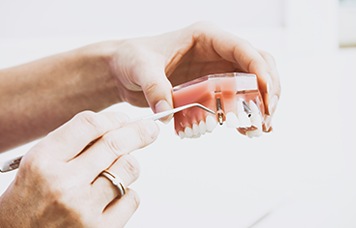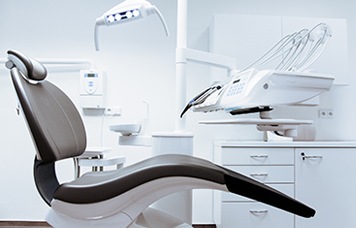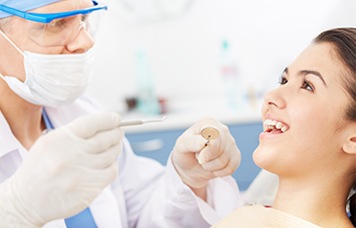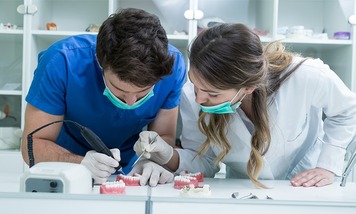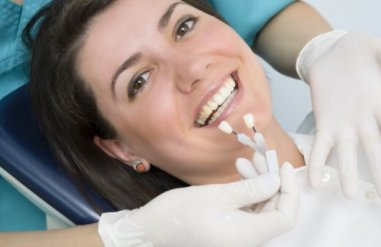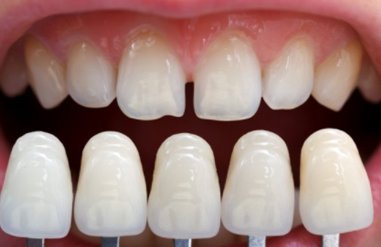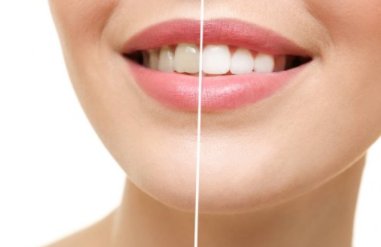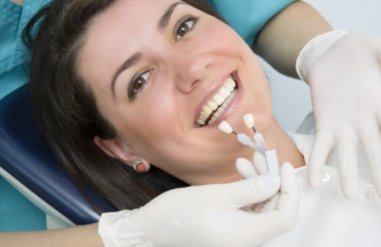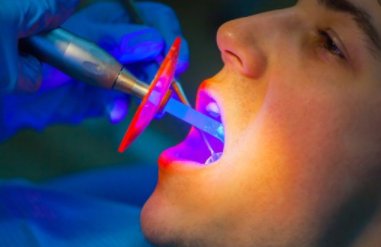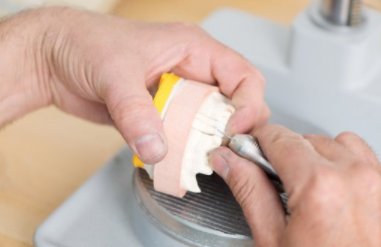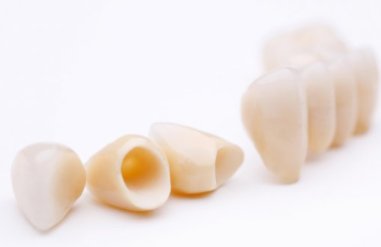
Dental Examination
A dental examination involves an assessment of a patient’s dental and oral health. This can include:
- A dental examination of any signs of decay or cavities
- An evaluation of the gums
- A dental cleaning
- Dental x-rays, and
- A comprehensive evaluation of the condition of your mouth and teeth
Regular dental examinations prevent dental issues and maintain optimal dental health. The main benefits of dental examination include:
Improved Oral Hygiene Habits
A dental examination can be a reminder to practice good dental hygiene. This includes limiting sugary foods and drinks, flossing daily, and brushing twice daily.
Elimination Of Bad Breath
You can reduce bad breath caused by dental problems by undergoing regular dental examinations. Dental examinations enable your dentist to identify and treat any dental issues that can be causing bad breath, such as:
- Gum diseases
- Cavities, or
- Food particles stuck between the teeth
Early Detection Of Dental Problems
Dental examinations enable your dentist to detect dental problems early, allowing timely and appropriate treatment. This will prevent more complex dental work in the future, such as tooth extraction or root canals.
Professional Dental Cleaning
Also known as scaling and polishing or dental prophylaxis, professional teeth cleaning is essential to maintaining optimal oral health. It is done to remove stains, tartar, and plaque, leaving your teeth looking their best and feeling refreshed. The benefits of professional teeth cleaning include the following:
Preventative Care
Regular teeth cleaning helps strengthen gums and teeth, lowering the risk of future dental problems.
Early Detection Of Oral Health Issues
Your dentist can identify possible issues during your cleaning, like gum disease and tooth decay.
Fresh Breath
Removing bacteria that cause bad breath can leave the patient feeling refreshed and confident.
Brighter Smile
Through teeth cleaning, surface stains are removed, revealing an uncompromised and more radiant smile.
Improved Oral Health
Regular teeth cleaning helps prevent bad breath, cavities, and gum diseases by removing harmful bacteria.
The standard cleaning frequency recommended is every six months. However, you should follow your dentist’s instructions based on your oral health needs. Tartar cannot be removed by brushing your teeth only. Our dentists can remove tartar using special instruments.










